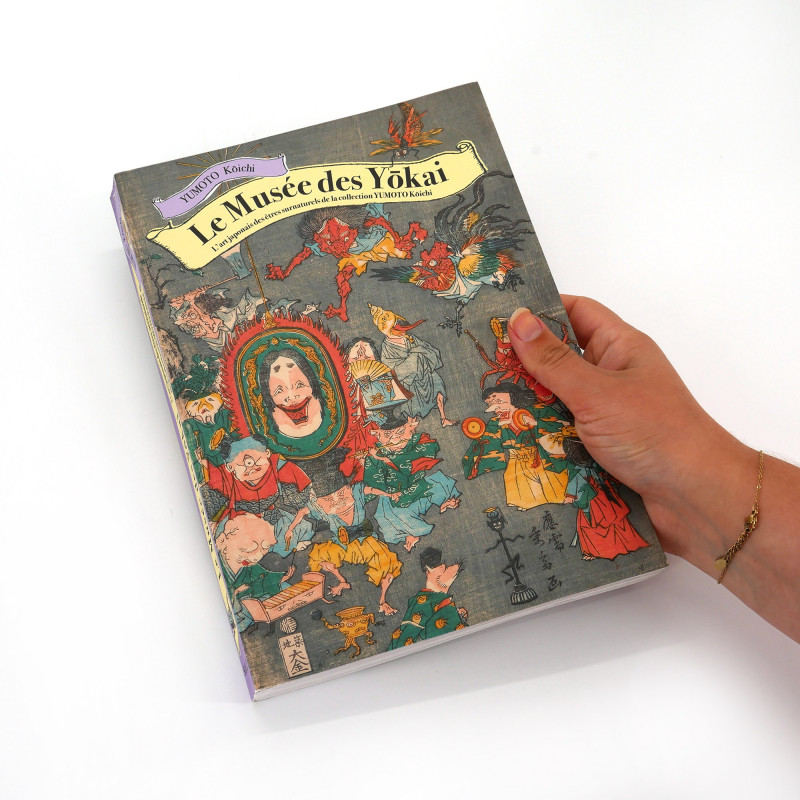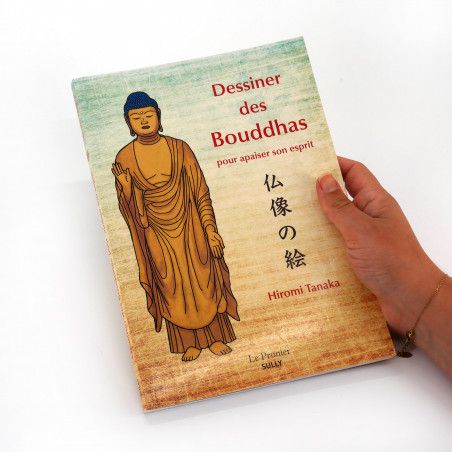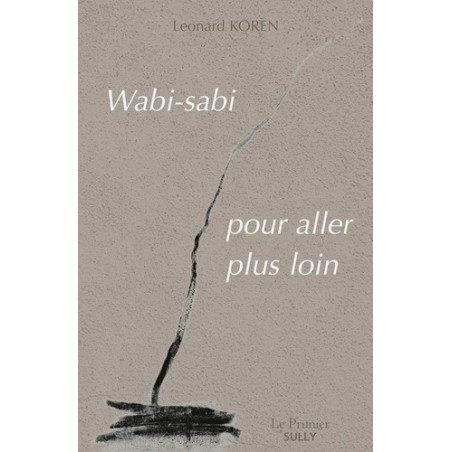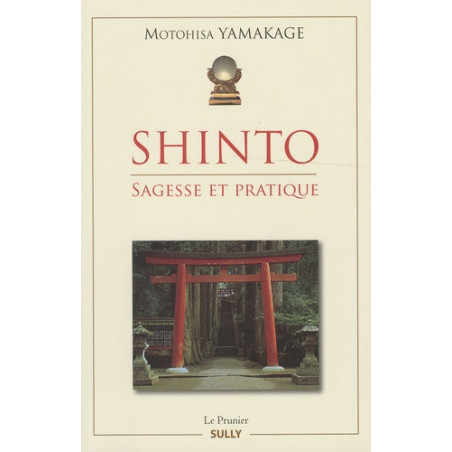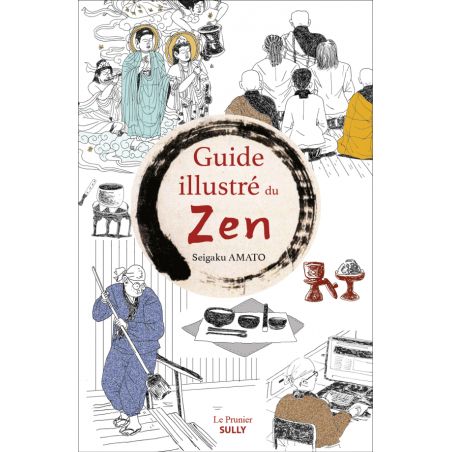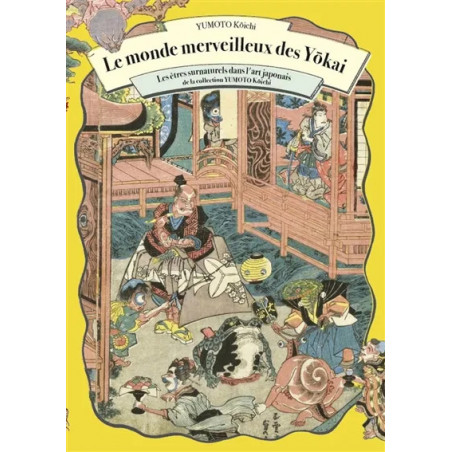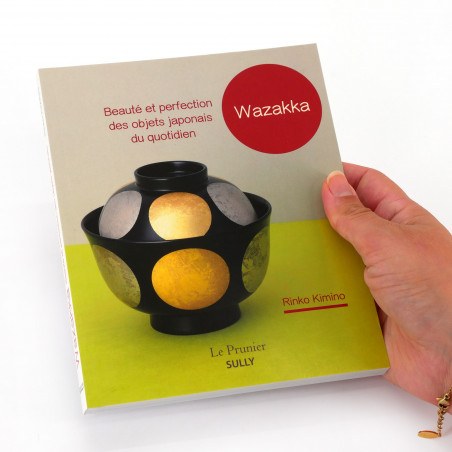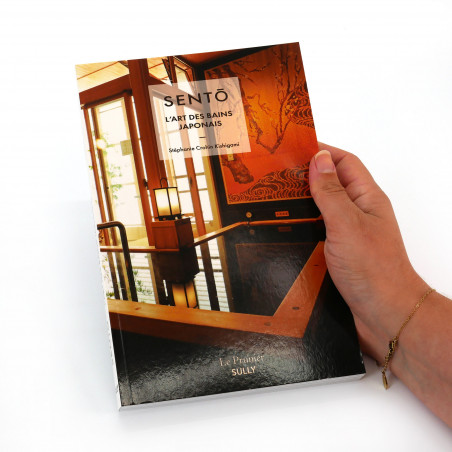Book written in French - The Yôkai Museum, Kôichi Yumoto

Book - The Yôkai Museum, Kôichi Yumoto
Brand:
PRODUCT SPECIFICATIONS
| Product origin | Made in France |
|---|---|
| Language | Written in French |
Learn more
Collection: The Prunier
Number of pages: 288
Format: 182 x 257
Release date: October 2020
Language : French
ISBN: 978-2-35432-335-6
Translated from Japanese by Amandine Martel
color illustrations
In Japan, representations of Youkai have multiplied over the centuries, first on painted rollers which are true works of art - famous artists like Hokusai painted Yôkai - then on woodcuts, books. , various objects: kimonos, ceramics, netsuke, weapons, toys, religious objects. They are very present in Japanese popular culture.
With around 3000 pieces, Yumoto Kōichi's collection is the largest in Japan related to youkai. It includes an incredible amount of artifacts from the Edo period such as emaki, nishiki-e, woodcuts, hand-drawn books; but also accessories that we wear on the body (kimono, obi, netsuke and inrō), weapons (kozuka and tsuba), pottery and even ghost mummies. There are also items from the modern period, such as glass plates of magic lanterns, menko cards, monster movie posters, or even pachinko machines. It is therefore no exaggeration to assert that Yumoto's collection is the only one capable of providing a comprehensive overview of the development of youkai culture.
In this book, part of this collection will be presented to you. We hope you like the fantastic and beautiful youkai, who have resiliently survived and captivated people through different phases of Japanese history.
SHIPPING AND RETURNS
Delivery times:
- 1 to 3 business days for France, Belgium, and Switzerland.
- 3 to 5 business days for other European countries.
- 3 to 5 business days for other countries via DHL.
This item is shipped from our warehouse in France.
You can return or exchange an item within 14 days of receiving your order. For more information, please consult our Return Policy.

.jpg)

















































































